
What's trending
Did you see this? A quarterly look at the articles, stories, and media BTS clients are engaging with the most.
BTS is a consultancy specializing in the people side of strategy. For over three decades we’ve been designing powerful experiences that have a profound and lasting impact on businesses and their people. Our next-generation approach combines deep business knowledge with transformational development to help your people and your company evolve together and turn strategy into results.
July – September 2022
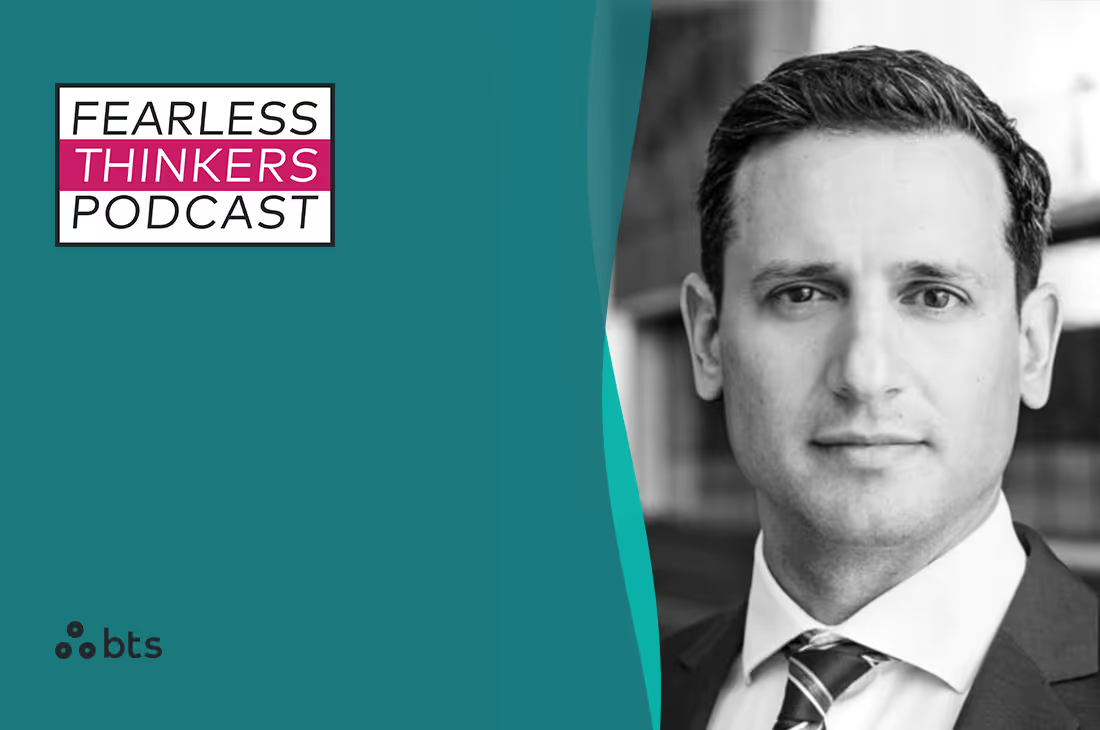
lorem ipsum
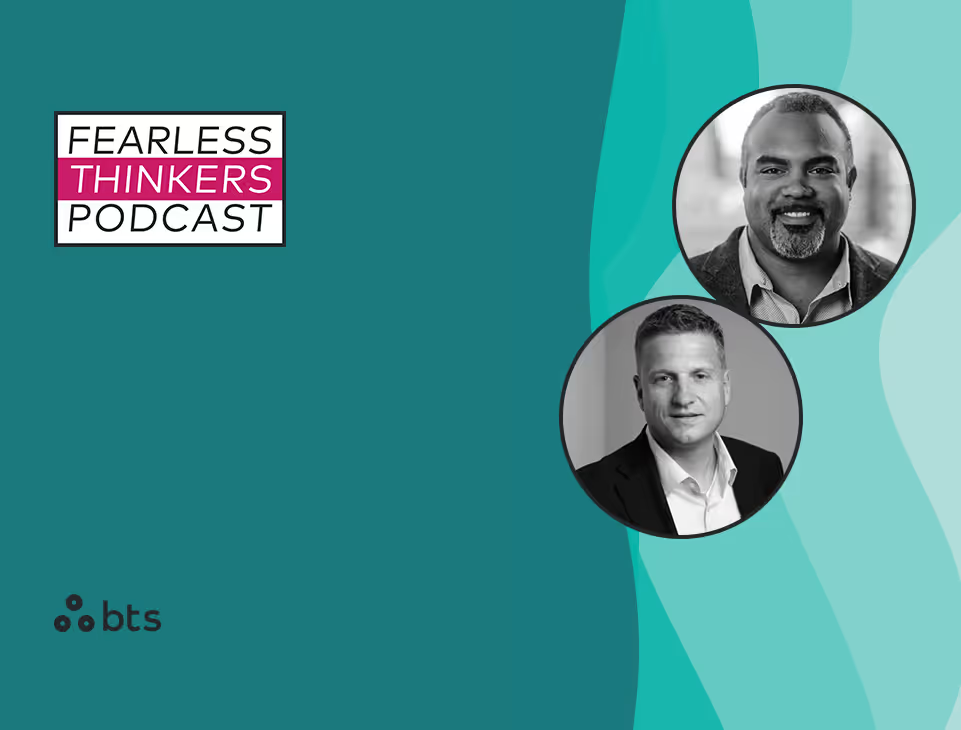
lorem ipsum

lorem ipsum

lorem ipsum

lorem ipsum

In a world where TikTok-length attention spans are the rule not the exception, executing a successful commercial kickoff, meeting, or summit is more challenging now than ever before.
People’s short attention spans mean that during a typical commercial kickoff, engagement levels plummet. Hours of back-to-back meetings with no actionable takeaways are not only boring for employees, but they also don’t make a difference for your business.
So – how do you make the most of your time together? Get creative. By injecting a little creativity into your meeting format, you’ll eliminate the monotony and give your team an experience that will accelerate results, foster innovation, and keep their TikTok brains engaged the whole time. Whether your next commercial kickoff is in-person, remote, or a hybrid, here are four moves to ensure it is a success.
- Be savvy with your investment. When organizing a commercial kickoff, it's tempting to prioritize hiring a high-profile speaker – but getting a big shot on stage isn’t what will really engage your people. Go beyond the surface-level and consider the core elements that make an event memorable: Are you investing in quality content and impactful messaging? Are you allocating resources to find a remarkable venue? Are you curating immersive experiences that will go beyond the event? These factors are all more important than booking a big name. By focusing on investments that drive value, you’ll ensure that you're maximizing the potential of your kickoff and providing attendees with an unforgettable experience.
- Don’t pack your agenda so tightly that there’s no space for reflection. We’ve all had the experience: bouncing between speeches and roundtables and workshops—taking voluminous notes—and then returning to our everyday work with no idea how to apply what we learned. When building your kickoff’s agenda, schedule ample time for thoughts and reflection. That’s important during in-person events. Even more so for virtual gatherings. A 90-minute presentation followed by a 15-minute break? That won’t cut it. Time breaks based on how much people can absorb before they get overwhelmed and tune out.
- Make it a two-way conversation. If you position your people as passive recipients of wisdom from the top, you’ll quickly lose their attention. Eventually, you’ll lose them. Build in opportunities for everyone to share their insights and ideas and help set the direction for the company. The benefit is twofold – people will get to share their ideas with leadership and leadership may be able to uncover some even better insights.
- Be conscious about building in networking opportunities. In-person, individuals left to mingle without a purpose tend to coalesce into clumps of co-workers they work with every day. In a virtual room, the conversation will be dominated by a few extroverts, leaving everyone else feeling unheard. This does not promote engagement or inclusivity. Instead, set intentional opportunities to connect. Build in time for “speed dating” where people meet each other for a rapid-fire five minutes of conversation or create small break out groups of intentionally diverse teams to spend 30 minutes together. Whether virtual or in person, connection is everything and it’s your job to be intentional about making it happen.
Hosting engaging commercial kickoffs in today’s TikTok world will never be easy. However, by being creative about how you craft the experience, you’ll run an engaging event that will inspire and equip your team to be successful. Whether you’re launching a new product, kicking off a new quarter, or setting sales goals that will help your organization reach its next billion-dollar target, leverage these tips to help your commercial team kick things off with the right foot forward.

Originally published in CustomerThink.
Anticipation is often at the core of customer-centricity. Companies that utilize a customer-centric strategy can often predict every want, need, and possible passing fancy of their target audience — and find themselves handsomely rewarded in the process. Putting the customer front and center, even above revenue, can make a company 60% more profitable. Not a bad proposition for taking great care of one of an operation’s most essential assets.
Of course, claiming to be customer-centric is a far cry from actually being customer-centric. Companies that deploy a successful customer-centric strategy often use a different method of thinking to achieve their results: the “who-what-why” scale. Using these three W’s, every employee can better understand the customer beyond basic demographics. A deeper understanding then helps inform nearly every decision, shapes the experience across all possible touchpoints, and allows for more thoughtful and meaningful targeting.
With this method, employees make customers feel seen and heard. Customers see the company they chose to put their trust in actively meeting their wants and needs. Such basic services can do wonders for brand loyalty and brand advocacy. It can also encourage consumers to devote a larger share of their wallets — around 3% to 20% more.
In a fast-paced society, businesses must always look for the most beneficial way to appeal to customers and retain loyalty. A customer-centric strategy is the first step, though a deeper understanding of the customer’s wants, needs, and communication preferences is necessary for tangible results. This begs the question: How exactly do you come to a deeper understanding of a target audience?
Understanding a target audience
Businesses often use four specific methods to capture consumer insights and better anticipate customers’ wants and needs. The first is naturalistic observation, which monitors people’s interactions with the world. These findings can offer insights into how a target audience might try to fulfill a unique want or need. The second is customer surveys that allow organizations to gather valuable feedback. The third is focus groups, which involve customers discussing products or services.
Big data is the fourth strategy. Unlike the others, this method is where companies are currently experiencing the most change. Cloud computing has led to reimagining customer insight-oriented activities such as customer service analytics, brand experience, social media marketing, and voice of the customer tools.
New options and systems can easily overwhelm anyone looking for the right data to track for customer-centricity. Starting with a limited number of metrics and expanding from there can save you time, money, and hassle. Here’s where to direct your attention first:
1. Brand experience
Tracking brand experience can help capture consumer sentiment about your brand. It gives you a better idea of what people think and feel about your services. If done well, brand experience tracking can shine a light on which of your brand initiatives do or do not work, allowing you to pivot your efforts quickly. Both your net promoter and customer satisfaction scores can help crystalize what consumers might be saying and thinking about your brand.
Surveys can also be a great source of information. Keep questions to a minimum and targeted to encourage more thorough participation. Additionally, make sure not to bombard consumers with questionnaires. Quarterly can be a good frequency to capture such sentiments. Understanding your consumers’ mindsets encourages them to trust your brand and keep coming back for more.
2. Customer experience
Customer experience, or CX, tracking involves understanding the different dimensions of customer delight, including emotional and rational reactions to a company’s offerings. It also provides insights into the customer’s inclination to repurchase, recommend, or reject a product or service in the future.
Using certain data sets, particularly those associated with customer interactions, transactions, and profiles, you can arrive at what McKinsey & Company is calling “predictive insight.” This can help shape CX moving forward. All it takes is machine-learning algorithms to make sense of the information and direct funds toward certain touchpoints most likely to drive behavior along the customer journey.
3. Employee alignment
In a customer-centric organization, every person shares the goal of creating a great CX — from the C-Suite to front-line associates. Tracking and measuring employee alignment, or EA, will give you a better idea of how well each team member understands customers and, more importantly, believes that understanding and fulfilling customer needs are pivotal to the company’s success and their own.
EA starts with a sense of camaraderie and belonging. A Deloitte survey found that 79% of employees tend to agree. What’s more, 93% believe it to be a factor that drives organizational performance. When employees can see a common goal, they are more likely to achieve it for the success of everyone involved.
As with any customer-related initiative, it all comes down to the data. The most important steps are to monitor customer sentiment and understand where your company might fall within their purchase decisions. Just appreciate that one wrong move can leave people seeking alternatives to your services. Customers want what they want when they want it. By focusing on a client-centric business strategy, you can ensure they get it and keep coming back for more.
April – June 2022

STOCKHOLM & SAN FRANCISCO -- BTS GROUP AB (publ), a world-leading strategy implementation firm, was recently recognized by Gartner as a Leader in the Magic Quadrant for Sales Training Service Providers.
“We believe that being recognized as a Leader in the Magic Quadrant for Sales Training Service Providers is a testament to our sales and marketing client partners — as a result of your trust, we’ve been able to develop and deliver innovative, world-class solutions for both training and transformation that unlock the next level of success,” said Rene Groeneveld, Global Head of Sales and Marketing at BTS.
According to Gartner, “Leaders have strong execution and vision scores and broad service portfolios that improve sales performance through skills and process training. Leaders have some of the most comprehensive and wide-ranging services of all sales training providers with offerings aligned to support seller execution of all parts of the sales process. Leaders are a step ahead with technology — specifically, AI and tight integrations with clients’ sales platforms such as sales force automation, LMS and enablement platforms, which allow them to measure progress and ensure adoption of new behaviors and best practices. Leaders serve a diverse customer base in terms of industry and are well-staffed to provide industry-specific expertise, tailoring engagements to make the learning more applicable to sellers. Leaders’ willingness to tie pricing to client success may be attributed to their high client retention and overall win rate.
A Leader may not always be the best choice for every customer. A focused, smaller vendor that is not a Leader can sometimes provide superior support and commitment. Other vendors may provide a specialized capability that is essential for some organizations. A vendor that focuses on a specific vertical market or within a limited geographic area may not be a Leader in the overall market, but it may be a competitive option within its chosen market or area.”
“Companies need sales and marketing partners who offer innovative solutions that meet them where they are and take them further than they thought they could go,” said Groeneveld. “For more than 20 years, our focus has been developing a breadth of offerings that empower sales and marketing teams to engage their customers in new ways. We’ve invested heavily in technology and digital learning tools to ensure that learning is seamlessly integrated into the flow of work and inspires true behavior change on-the-job.
”Read the full report here.
*Gartner, “Magic Quadrant for Sales Training Service Providers”, Shayne Jackson, Doug Bushée, Debbie Bender, Elizabeth Beard, February 28, 2022.
Gartner Disclaimer
GARTNER and MAGIC QUADRANT are registered trademarks of Gartner, Inc. and/or its affiliates in the U.S. and internationally and is used herein with permission. All rights reserved.
Gartner does not endorse any vendor, product or service depicted in its research publications, and does not advise technology users to select only those vendors with the highest ratings or other designation. Gartner research publications consist of the opinions of Gartner’s research organization and should not be construed as statements of fact. Gartner disclaims all warranties, expressed or implied, with respect to this research, including any warranties of merchantability or fitness for a particular purpose.

Customer empathy is key for sellers who want to win in today’s hyper-competitive environment. This ability to anticipate customer needs, produce thoughtfully tailored solutions, and drive meaningful outcomes for clients is not an innate ability that only a few select sellers possess, but a skill that all sellers need to actively cultivate.Developing customer empathy begins with gaining a deep understanding of your customers’ business, otherwise known as industry acumen. Industry acumen provides the critical foundation for customer empathy by helping sellers identify customer pain points, key goals and metrics, and the critical business drivers and care-abouts for each function within an organization.If sellers and organizations are willing to invest in building industry acumen, they will most certainly reap the rewards. In the case of one cloud services provider, sellers with industry acumen training delivered a 31% higher pipeline than their peers. Facilitating industry acumen leads to bigger, better sales opportunities. So, how do you help your salespeople develop industry acumen?
- Practice makes perfectOne of the best ways to embed new skills and knowledge is through practice. By leveraging role-plays or AI-powered platforms to simulate conversations with customers, sellers learn to “walk a mile in their customers’ shoes.” These simulated experiences immerse sellers in the opportunities, challenges, and strategic decisions faced by executive teams in specific industry verticals. Sellers also gain an understanding of the care-abouts for different functional executives (e.g. Chief Financial Officer, Chief Marketing Officer), overall developing a strong sense of industry acumen.
- Customization is keyEvery organization is different, but individuals within your go-to-market team will likely require different levels of skill-building. For sellers who are entirely new to vertical selling, training must begin by building a foundational knowledge of their industry vertical. On the other hand, there may be members of the team with backgrounds in vertical selling who need a more tailored approach to improving client conversations.It’s also critical to consider different levels of specialization. For example, mastery of the healthcare industry in general may be enough to get by at one company. At another company, however, it may be crucial to drill down on Provider, Pharmaceutical, Medical Device, and Payer verticals to reach the level of sophistication needed to converse with industry executives.
- Collaborate, collaborate, collaborateFor this verticalized, go-to-market approach to be successful, many groups within the company must work together. The sales enablement team can no longer just deliver sales skills training – the team must also work with product management and with marketing to create customized value propositions and use cases for different verticals.
Developing industry acumen is made easier by leveraging simulations, whether standard, self-paced ones or fully customized and facilitated experiences. Investing in sellers’ abilities to connect more deeply with their customers will result in better solutions, which will ultimately lead to larger deals and faster time to close those deals.

Context is everything. When you’re swimming in the ocean and see a fin sticking out of the water, your brain concludes: "It's a shark, get out of the water!" But if you're in a pool, you think: "It's a kid with a swim toy that looks like a shark fin." In both situations, the context leads you to reach two very different conclusions and behavioral responses.
How people behave in any given situation is a function of both who they are as individuals (e.g., their personality, skills, past experiences) and the context in which the behavior takes place (e.g., the situation itself). In other words, context matters, and it is difficult to interpret an individual’s behavior without an understanding of the context they faced.
When it comes to using assessments during the hiring process, organizations have a vested interest in making certain that these assessments reflect the organization and job – the context. Doing so helps jumpstart onboarding by ensuring that candidates' assumptions about the organization, the job, and their suitability for both – that they invariably make during the recruiting process – are rooted in reality.
But assessments modeled after the organization and job are superior for another reason: They are generally stronger than generic assessments that cut across job type, level, organization, industry, etc.
- More predictive. First and foremost, the closer the alignment between the assessment and the specific context in which the individual will ultimately perform (i.e., the job at the organization), the better the assessment will do in predicting future job performance. In fact, research demonstrates that highly contextualized assessments have incremental predictive validity beyond situational judgment and job knowledge assessments. This means that even after measuring candidates' job-relevant knowledge and how they would handle particular situations, highly contextualized assessments still reveal candidates' ability to perform the job that we don’t otherwise know from these other tools.
Why is this true? Because the best predictor of future behavior is past performance. For many years, this adage has been dubbed "the Golden Rule of selection." Think about it: What's the best way to predict whether an individual will be a good salesperson at your organization in the future? Answer: Observe them in the job of salesperson at your organization. The only problem in the pre-employment context, however, is that you cannot observe a candidate perform a job they do not have… Or can you?
Assessments designed to reflect the realities of an organization and job often take the form of a simulation – sometimes completely automated; other times involving role plays conducted by trained assessors. In essence, these assessments let candidates "try the job on for size" – explore the situations and challenges faced, engage in dealing with the situations, etc. Such work samples provide the opportunity to, in essence, perform a job that candidates do not yet have, thus enabling conclusions about how they would perform the job if hired.
- Less adverse impact. Not only are highly contextualized assessments, such as simulations, highly predictive of future job success, but they also have lower risk of adverse impact. In fact, a seminal meta-analytic research study – looking across many years of other research studies – found that simulations comprising role-plays or presentations have about 50 percent less risk of adverse impact (i.e., sub-group differences) compared to other assessment tools. This decreased risk of adverse impact translates into a more diverse group of candidates deemed qualified for the job, ultimately leading to a more diverse workforce.
- Higher face validity. Finally, because highly contextualized assessments look like the job, candidates see the relevance of these assessments for the job to which they've applied. Candidates understand why you are asking them to perform some task or answer particular questions because the assessments make sense in their minds given what they know about the job. This is known as face validity, which highly benefits the organization. This underlying concept can decrease the risk of candidates challenging the results of an assessment, improve perceptions and impressions of the employing organization, and increase job offers acceptance rates.
All three areas of highly contextualized assessments are paramount on their own, and together highlight the importance of tailoring pre-employment assessments to the organization and job. They serve the dual purpose of teaching candidates about the job, while also assessing their capabilities and alignment with the organization's needs.
The employment decision is important for both the candidate and the employer, and it benefits both parties to ensure that candidates are assessed in an accurate and authentic manner to make the best, most informed decisions possible.
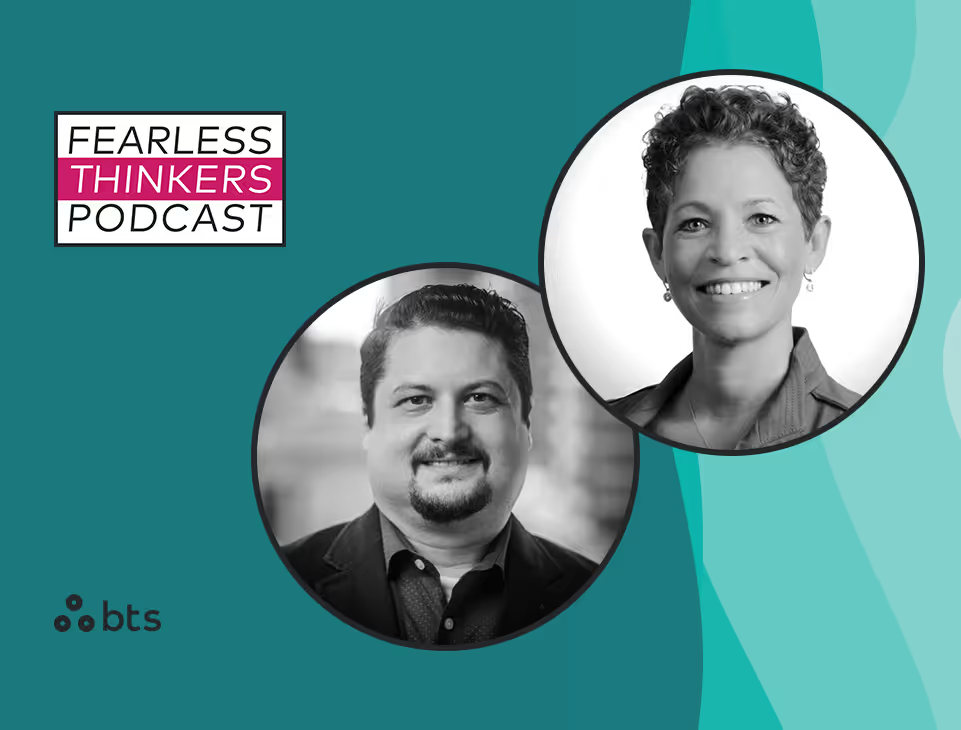
lorem ipsum
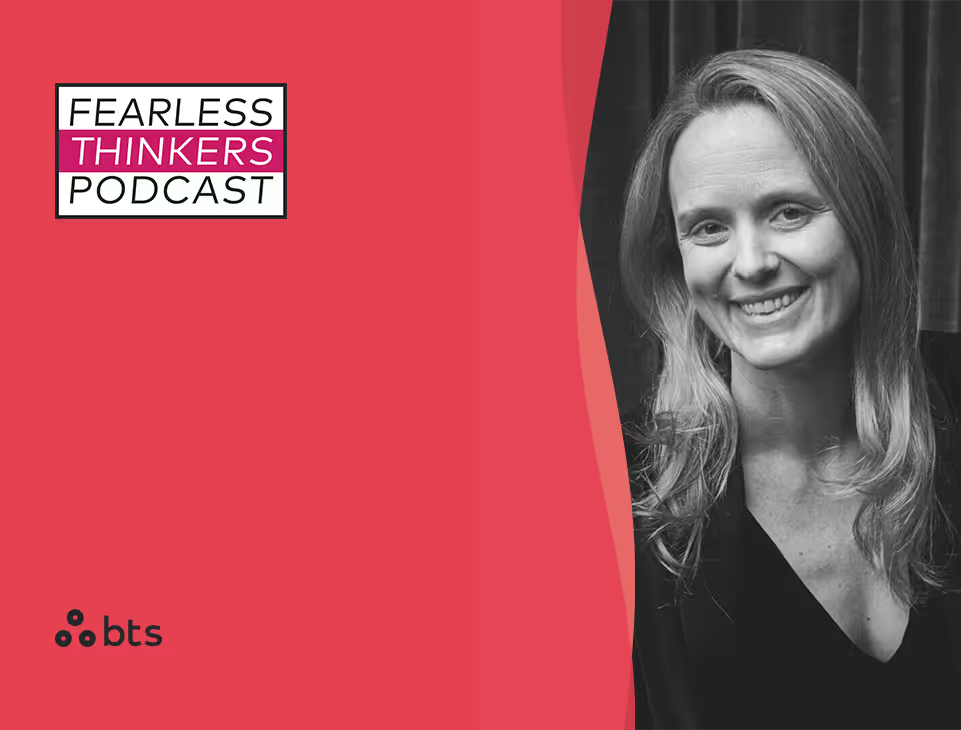
lorem ipsum
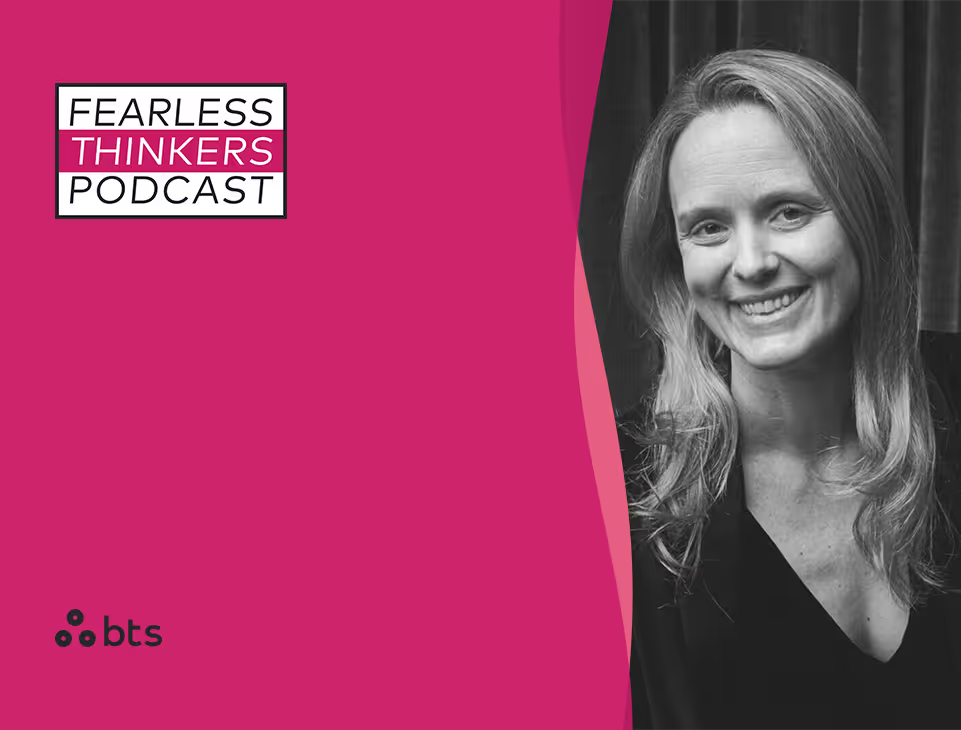
lorem ipsum
January – March 2022

In 2020, COVID-19 radically changed everyone’s lives forever, with social distancing, mask mandates, and travel restrictions becoming our only means of survival. These measures, while lifesaving, crippled many businesses and accelerated the growth of others. The virus’s spread caused the global economy to plummet and then quickly rebound, inducing worldwide whiplash. We spent 2021 adjusting to this new world and bracing against new and unexpected shocks, such as global supply chain issues, the return of inflation, and severe labor shortages. So, what does next year have in store?
In early 2021, Executive Networks surveyed Chief Human Resources Officers from the world’s largest companies as part of a research project called the Back2Better Initiative. These 71 CHROs – who lead companies with a mean employee count of 69,000, and an average annual revenue of $19.5 billion – weighed in on the future of organizations, leadership, work, the workplace, and workers.
In this paper, we’ll explore how three of the themes from the Back2Better Initiative – remote and hybrid work, organizational and personal purpose, and company culture – played out in 2021, and how they’ll impact the world of work in 2022.

lorem ipsum

lorem ipsum

lorem ipsum

Ready to start a conversation?
Every successful transformation begins with a meaningful conversation. Connect with us to explore how BTS can partner with you to make the shift.
